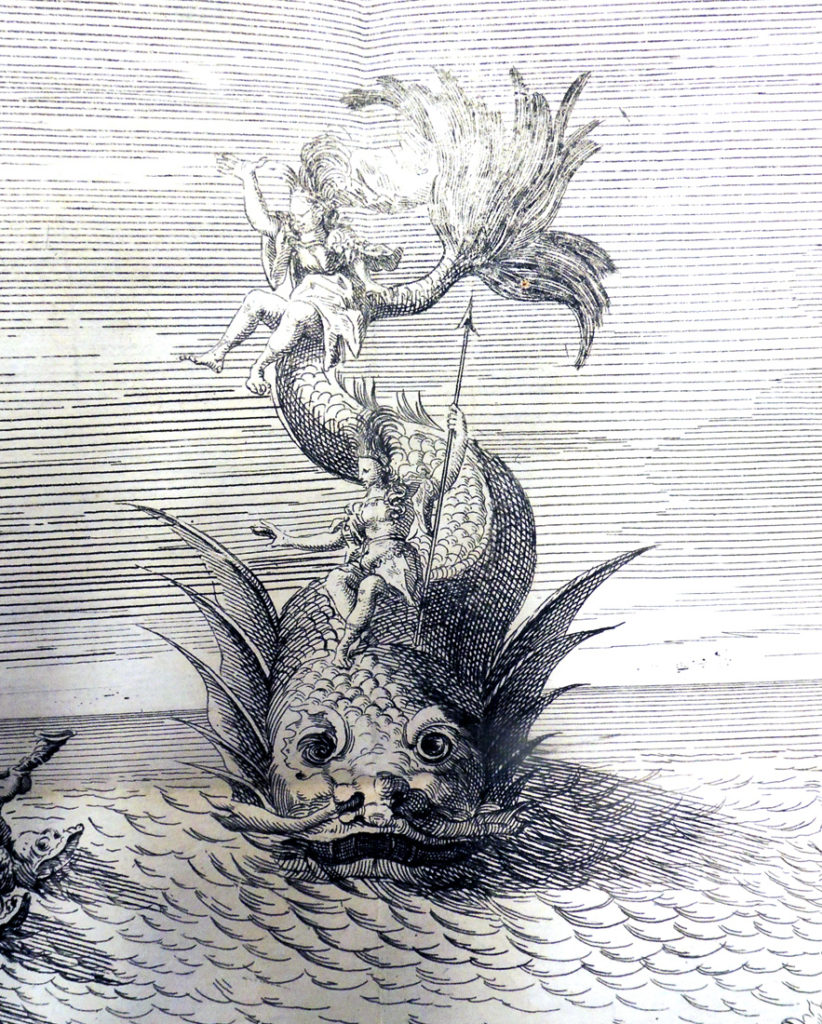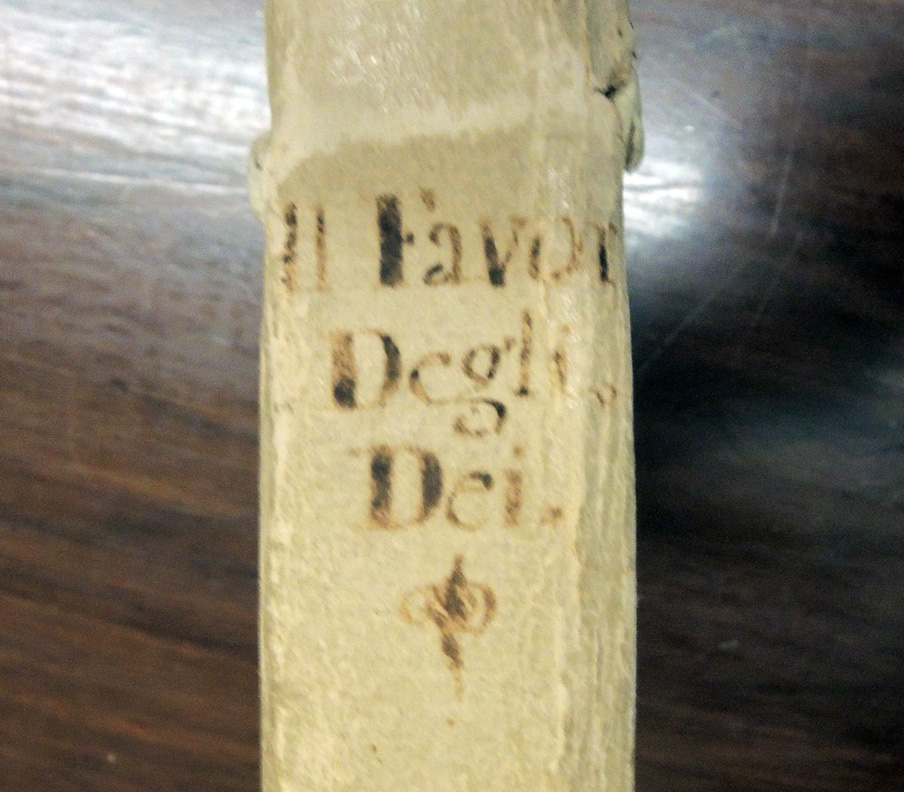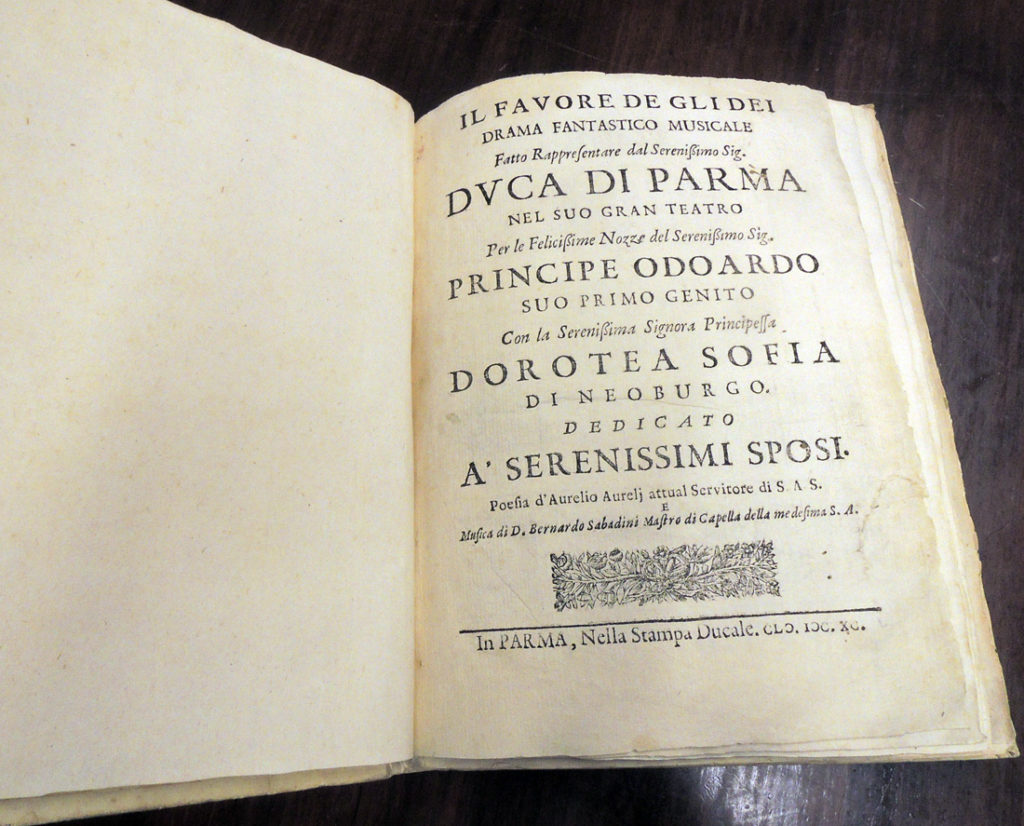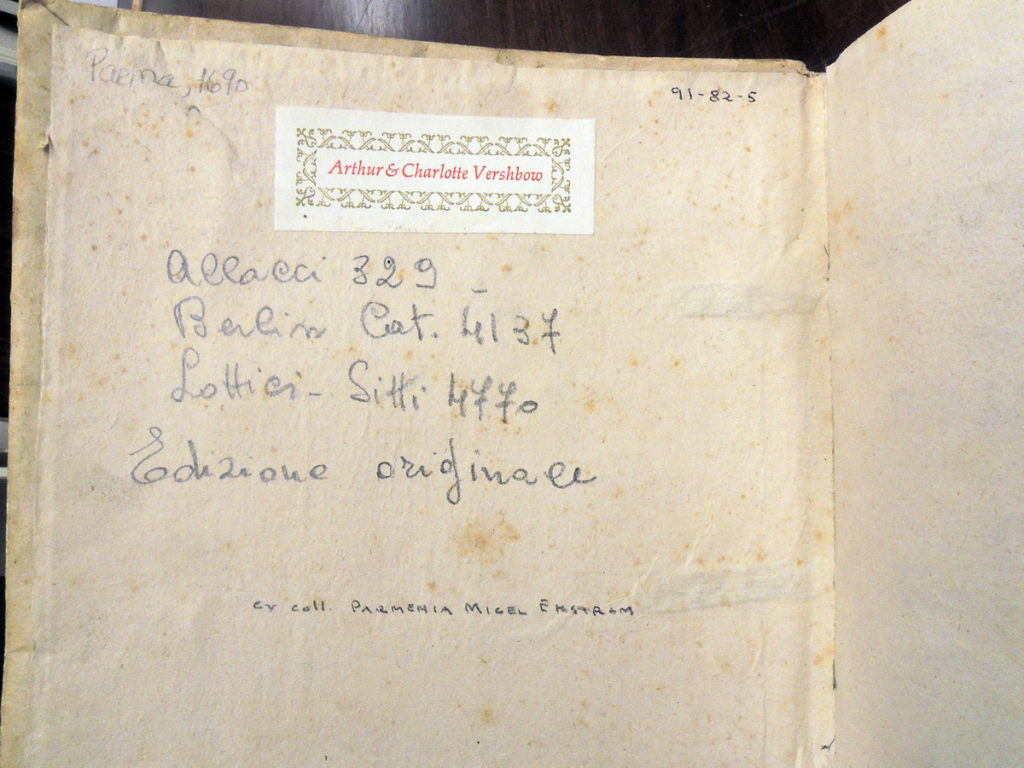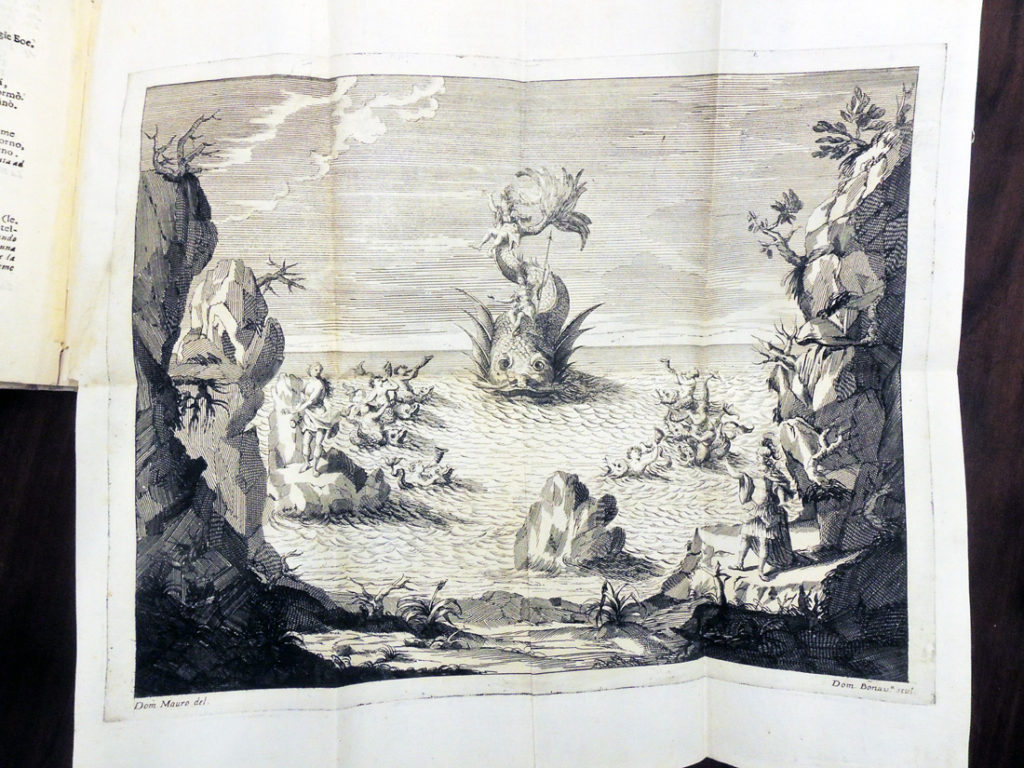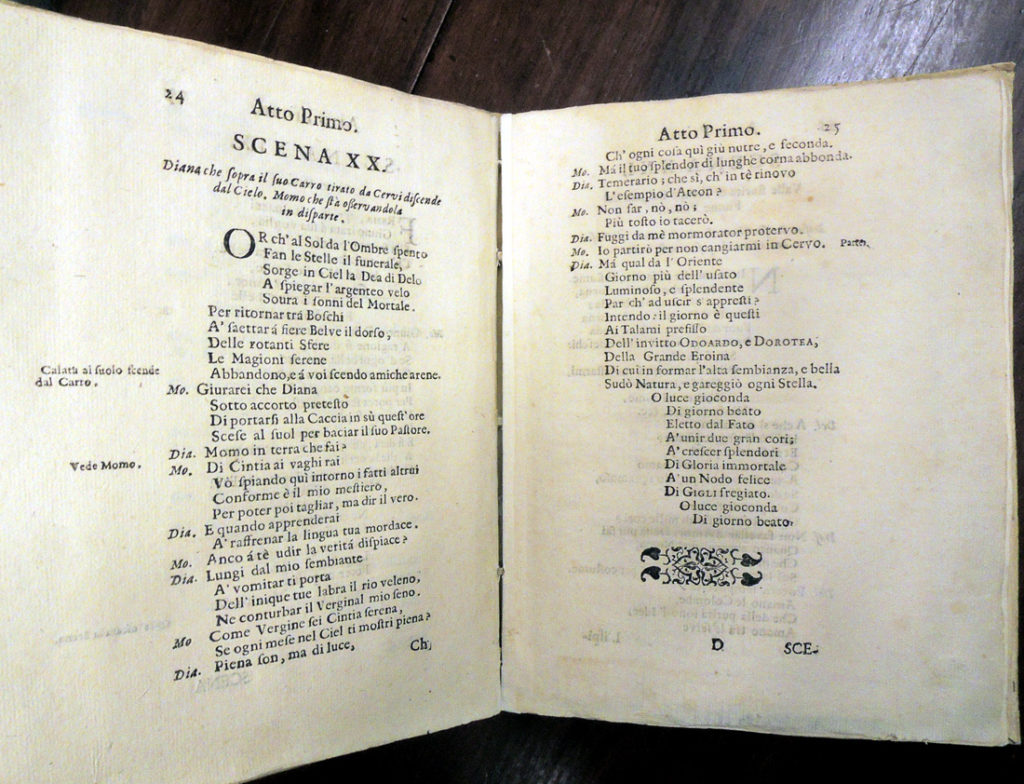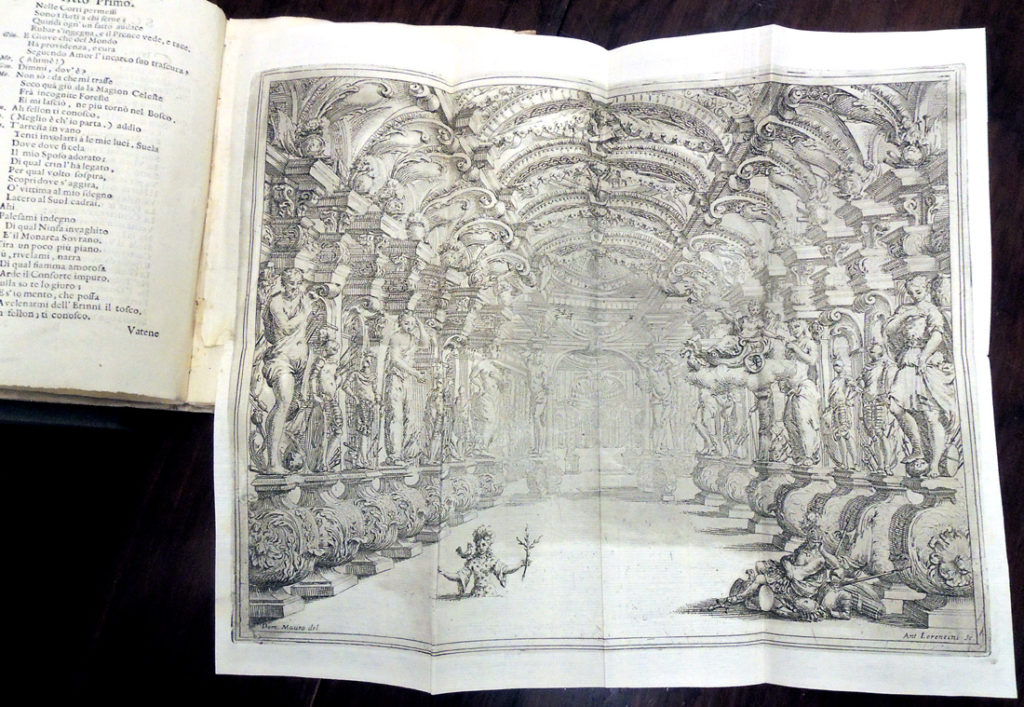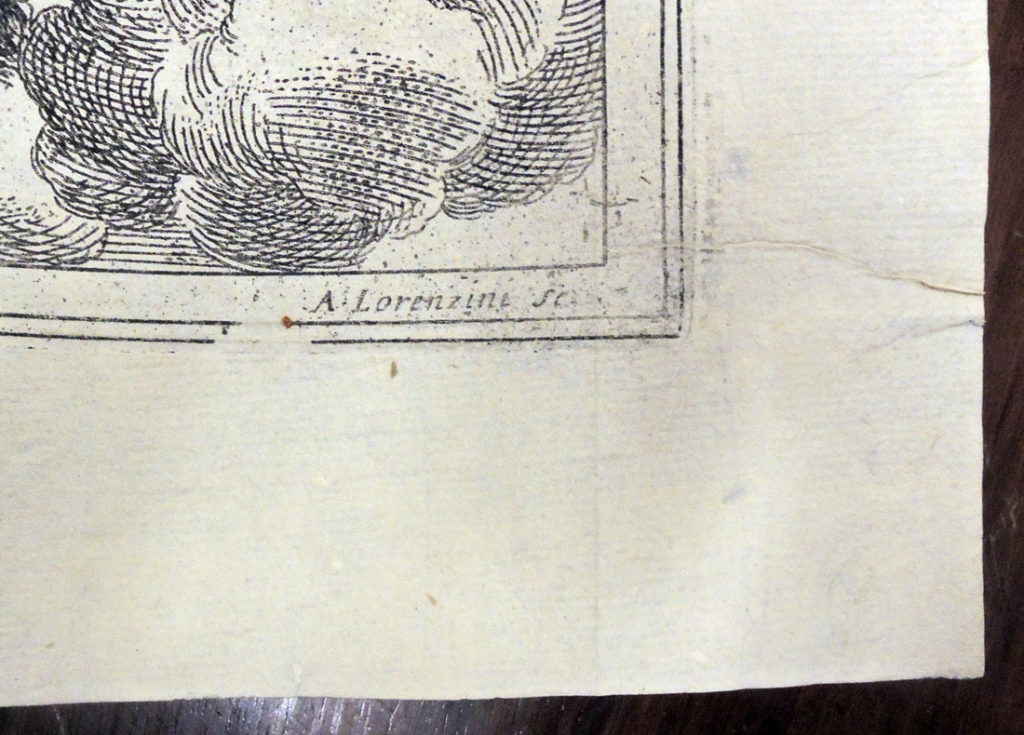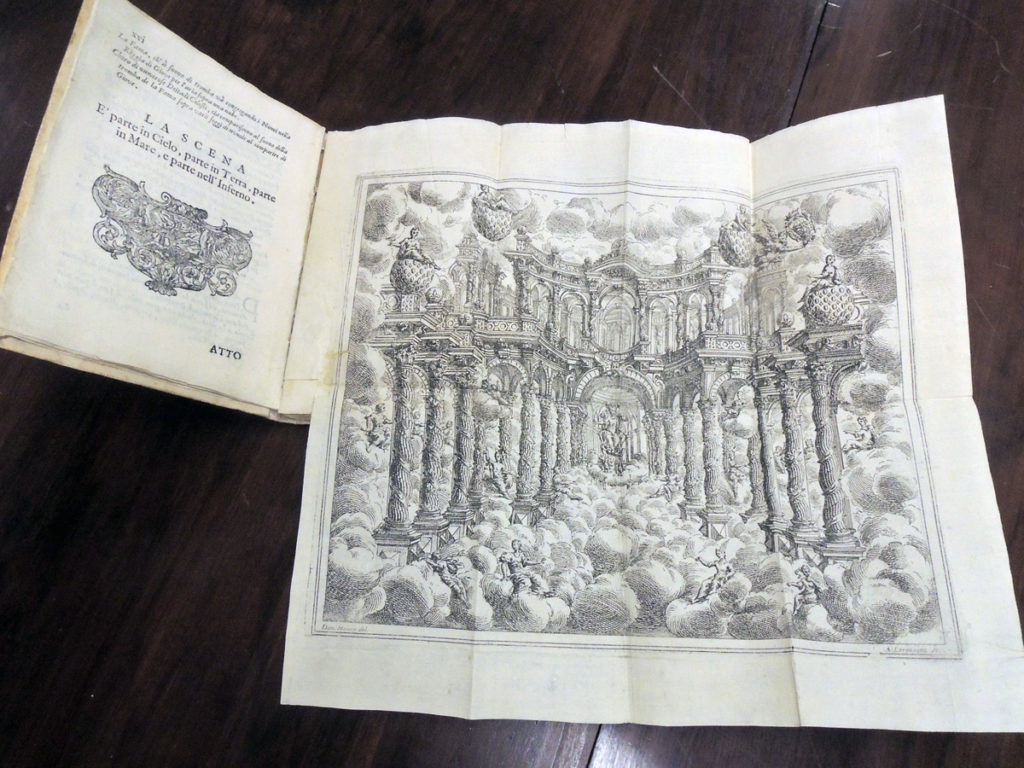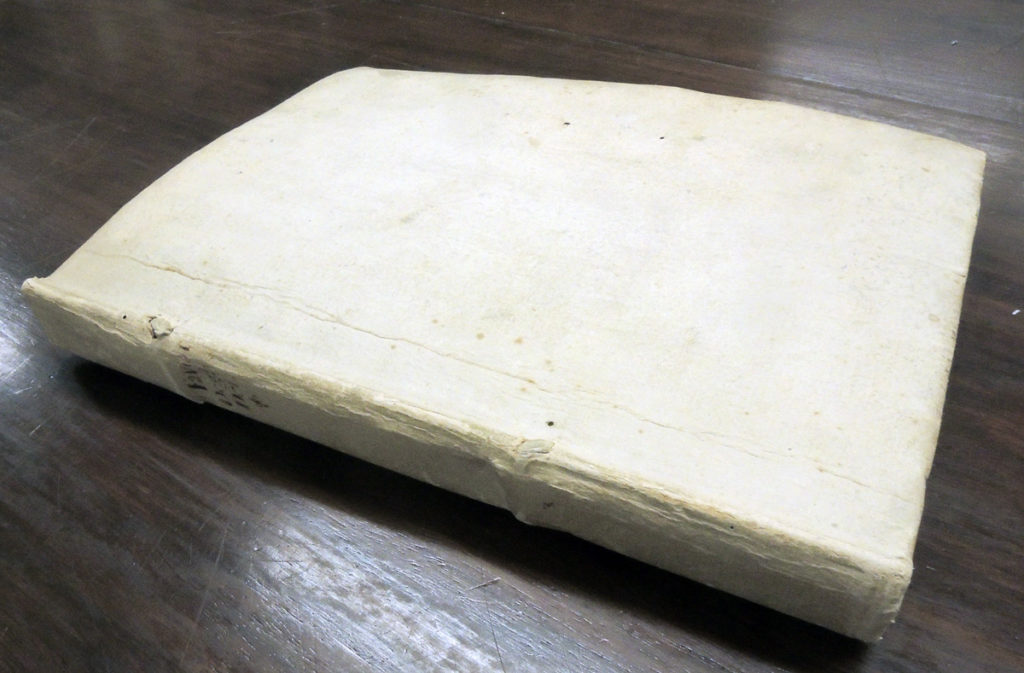 Aurelio Aureli (1652-1708), Il favore degli dei: drama fantastico musicale, fatto rappresentare dal serenissimo sig. duca di Parma nel suo Gran Teatro per le felicissime nozze del serenissimo sig. principe Odoardo suo primo genito con la serenissima signora principessa Dorotea Sofia di Neoburgo (Parma: Nella Stampa ducale, 1690). 14 folded engravings. Music by Bernardo Sabadini; Graphic Arts Collection GAX 2017- in process
Aurelio Aureli (1652-1708), Il favore degli dei: drama fantastico musicale, fatto rappresentare dal serenissimo sig. duca di Parma nel suo Gran Teatro per le felicissime nozze del serenissimo sig. principe Odoardo suo primo genito con la serenissima signora principessa Dorotea Sofia di Neoburgo (Parma: Nella Stampa ducale, 1690). 14 folded engravings. Music by Bernardo Sabadini; Graphic Arts Collection GAX 2017- in process
The Graphic Arts Collection is proud to have acquired Arthur and Charlotte Vershbow’s copy of Il favore degli Dei, which includes the libretto, scenario, and cast (without the music) along with fourteen folded leaves of plates engraved by D. Bonaveri, G.A. Lorenzini and L. Mattioli, and others after Domenico Mauro.
Ferdinando Galli da Bibiena and Domenico Mauro designed the scenography, Federico Crivelli invented the choreography, and Gasparo Torelli created the costumes. Princeton’s copy is imperfect, lacking the large folding plate by Carlo Virginio Draghi.
Il favore degli dei (1690): Meta-Opera and Metamorphoses at the Farnese Court by Wendy Heller, Professor of Music. Director, Program in Italian Studies, Chair of the Music Department, Princeton University
In 1690, Giovanni Maria Crescimbeni (1663–1728) and Gian Vincenzo Gravina (1664–1718), along with several of their literary colleagues, established the Arcadian Academy in Rome. Railing against the excesses of the day, their aim was to restore good taste and classical restraint to poetry, art, and opera. That same year, a mere 460 kilometres away, the Farnese court in Parma offered an entertainment that seemed designed to flout the precepts of these well-intentioned reformers. For the marriage of his son Prince Odoardo Farnese (1666–1693) to Dorothea Sofia of Neuberg (1670–1748), Duke Ranuccio II Farnese (1639–1694) spared no expense, capping off the elaborate festivities with what might well be one of the longest operas ever performed: Il favore degli dei, a ‘drama fantastico musicale’ with music by Bernardo Sabadini (d. 1718) and poetry by the prolific Venetian librettist Aurelio Aureli (d. 1718).
Although Sabadini’s music does not survive, we are left with a host of para-textual materials to tempt the historical imagination. Aureli’s printed libretto, which includes thirteen engravings, provides a vivid sense of a production whose opulence was excessive, even by Baroque standards. The unusually large cast included twenty-four principal singers, some of whom were borrowed from neighbouring courts such as Mantua and Modena. In addition, the libretto lists seventeen choruses and seven ballets featuring goddesses, breezes, warriors, nymphs, virgin huntresses, cupids, demons, stars, tritons, graces, fauns, and nereids who populated the stage for this remarkable performance. The set designers, painters, and engineers were also kept busy producing seventeen different sets and no fewer than forty-three machines that bore characters to and fro ‘in the air and the earth’ (‘in aria, e in terra’).
To continue reading, see hotlink above.
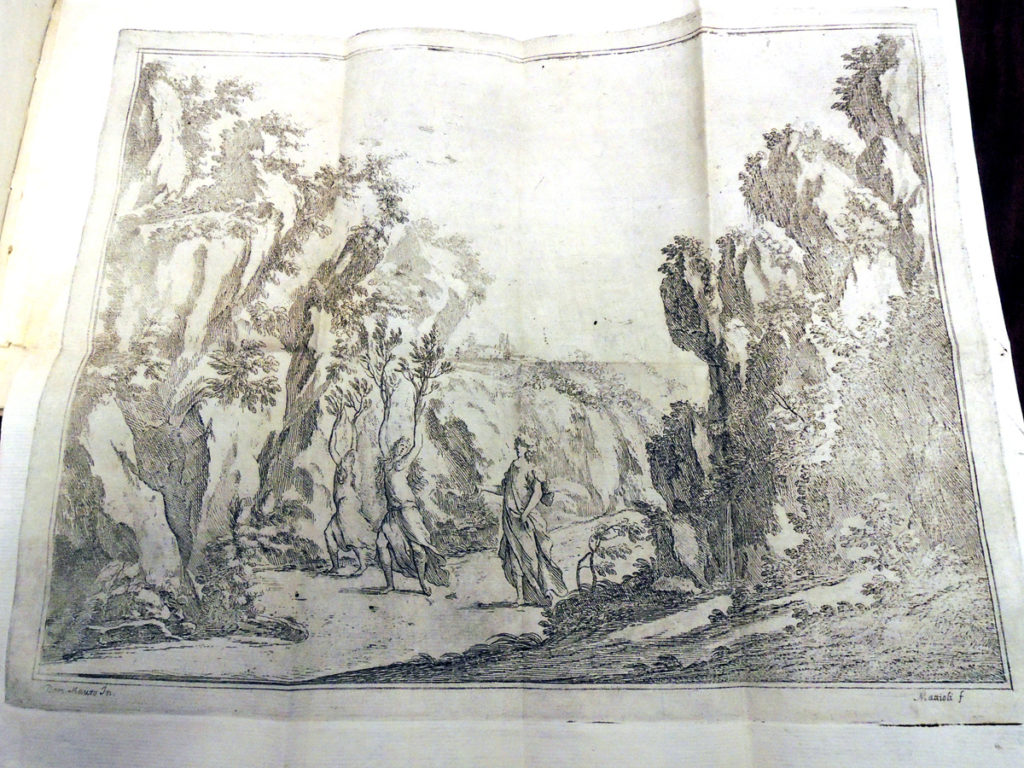
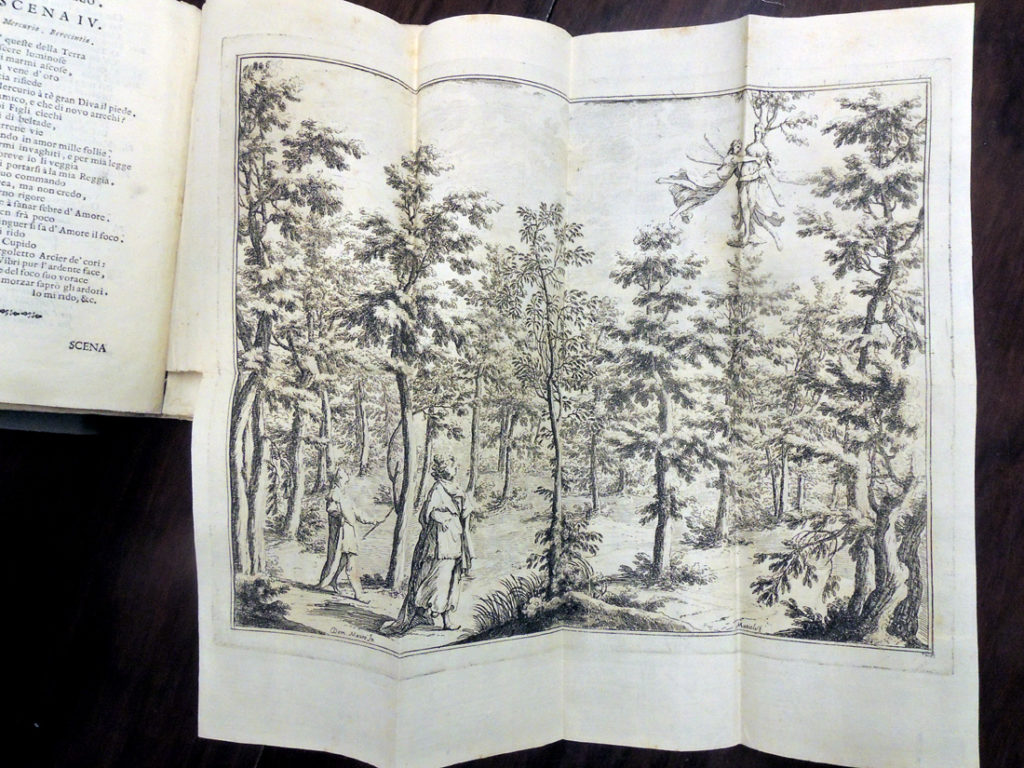 The book was also owned by Parmenia Migel Ekstrom (1908-1989), ballet historian; purchased from Ximenes, 1991.
The book was also owned by Parmenia Migel Ekstrom (1908-1989), ballet historian; purchased from Ximenes, 1991.
For more references, see: Sonneck, O.G.T. Librettos, p. 483-484; Sartori, C. Libretti italiani, 9837; Bowles, E.A. Musical ensembles, p. 379-380.

